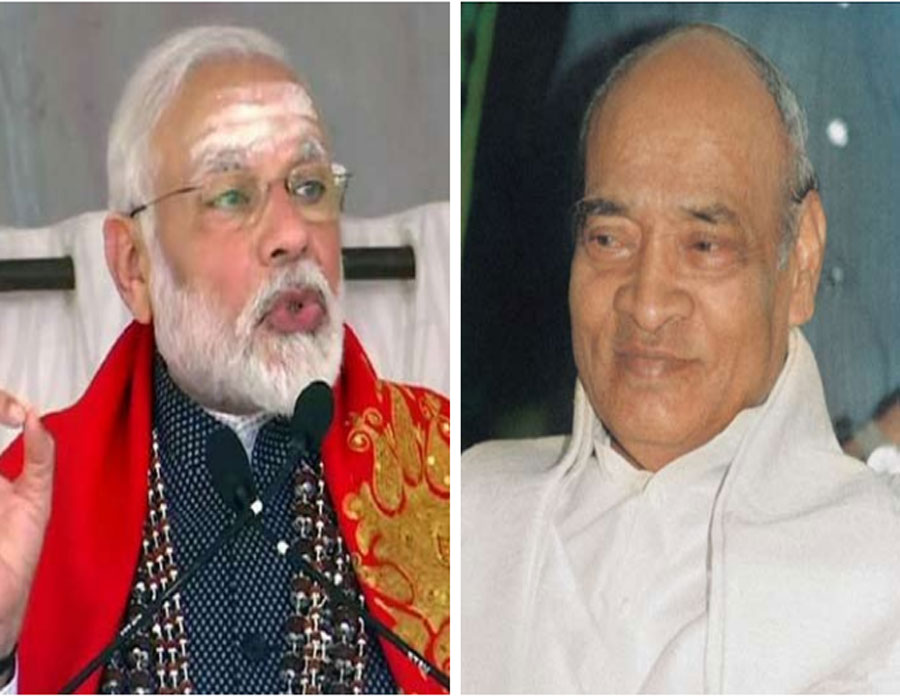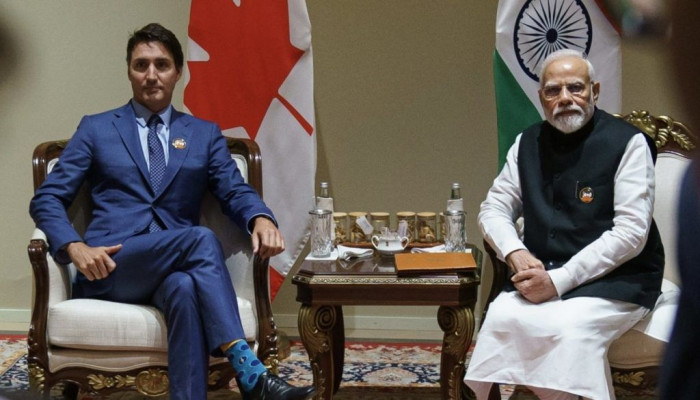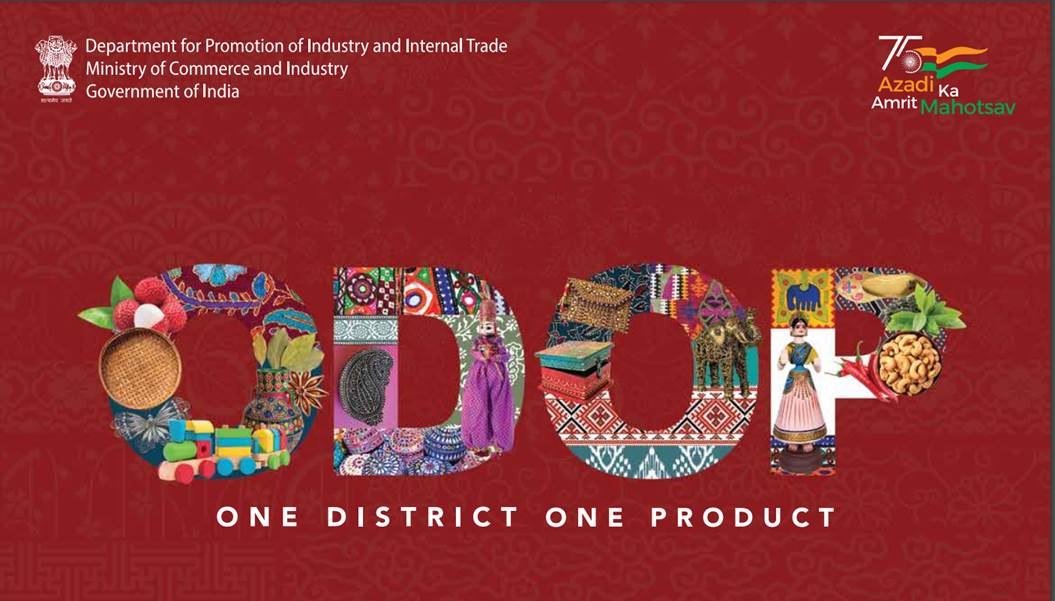Taiwan, Isreal, Afganistan, Iran, North Korea are huge foreign policy nightmare to Narendra Modi led right wing NDA government in India. Indian foreign policy between 1947-1991 was guided by Pandit Jawaharlal Nehru socialist legacy and it look dramatic rightist shift from 1991 under PV Narsimha Rao legacy wherein closure US ties, south south cooperation, LEP was focused rather than puristic socialist approach. India undertook the path of economic liberalisation and the foreign policy started being guided by economic diplomacy. Off course, the bitter lessons from 1962, 1971 wars forced India to spend huge money on defence establishment to counter PRC & Pakistan aggression. Today, India is emerging super power so it must have an independent foreign policy to serve its long term strategic interests.
Taiwan is a part of the geographical area of operation of India’s Look East Policy (LEP). Although India does not recognise Taiwan as a sovereign state, its functional and people-to-people contacts with Taiwan are explainable under the LEP. Besides, India’s economic activities are on the rise in the vicinity of Taiwan. Though commercial in nature, India’s presence in the South China Sea, along with improvement in its bilateral relations with Asia-Pacific countries — especially in the realm of politics and defence cooperation — is of strategic significance. In the overall strategic context of the region, increasing functional ties with Taiwan without undermining the support to the one China Policy would be a stiff challenge requiring clarity of vision and skilled diplomacy. Thus, it is imperative for India to have a much better understanding of Taiwan, and the Asia-Pacific region.
In experts view, functional ties/cooperation and people-to-people relations could make a separate category without attaching any diplomatic, political or strategic meanings. The main attributes of this category can be listed as below:
A comprehensive package that includes cooperation in education, culture, science and technology, trade and investment and other similar issue-areas.
The package could also be characterised as people-to-people relations.
Cooperation without manifest strategic underpinning and implications.
Engagement with Taiwan would lead India to have a more informed Taiwan policy. Its unique geographical location and political situation would also contribute to India’s understanding of the Asia-Pacific region. Taiwan is situated in the middle of the disputed waters of the South and the East China Seas. Considering the continued threat from the People Republic of China (PRC) to its national security, Taiwan not only has a natural interest in the affairs of the People’s Liberation Army (PLA), China-Japan tensions, and the dynamic of Sino-US relations, but also a natural expertise on them. Taiwan and China have historical and cultural affinity, but political and strategic distance.
Strategically, Taiwan is close to the US and figures in Japan’s security considerations. It is obliquely mentioned in the US-Japan Defence Guidelines, 1997. But the US and Japan’s support for PRC’s One- China Policy has set a limit on their relations with Taiwan. Thus, Taiwan is not fully open to either of the major regional players. This situation leaves it marginalised and dissatisfied with every major power in the region and makes it a neutral interpreter of the region’s politics. India could tap into this consultative potential of Taiwan.
Functional cooperation with Taiwan is even more valuable. Taiwan is a thriving and industrialised economy that is closely integrated with the international economy. It is amongst the world’s leading exporting and importing countries. It is the leading producer and manufacturer in the world in foundries, IC packages, blank optical discs, mask ROMs, mobility scooters/powered wheelchairs and chlorella. If the products made by Taiwanese companies outside Taiwan are also taken into account, the list of products commanding a high share in the world is even longer. Notebooks, Tablets, LCD monitors, IC packages, motherboards (System & Pure MB), WLAN CPEs, cable modems, and digital bloodpressure monitors are a few examples. Apart from electronics, Taiwan’s agro-industries, particularly food-processing, maintain international standards. It also holds high rank in the international rating by agencies like the Institute for Management Development (IMD), Business Environment Risk Intelligence (BERI), the World Economic Forum (WEF), and the Heritage Foundation. Its business environment, research and development, and innovation are recognised worldwide. Further, Taiwan’s education system ranks quite high. For instance, fourteen Taiwanese universities in 30 disciplines are on the list—compiled by the QS World University of the UK—of the top 200 universities in the world.
India could become an important destination for Taiwan’s new GO South policy for diversifying Taiwan’s trade and investment basket. India could also become an alternative to China for many Taiwanese companies in view of rising wages and costs in that country. In fact, a regulated flow of skilled labour from India can help overcome the problem of high costs in Taiwan itself. Taiwanese FDI can contribute to India’s manufacturing, infrastructure and other sectors. India and Taiwan make a case for mutual benefit by being substantial complementary economies, as India’s computer software industry complements Taiwan’s computer hardware capability. India’s demography, with a more than 300 million strong middle class, offers an economic opportunity for Taiwanese entrepreneurs. India is also one of the leading suppliers of natural resources. It can be a gateway to South Asia, and even West Asia, for Taiwanese companies. Further, like Taiwan, India too has a reasonably impressive record of achievements in science and technology. For instance, India has gained international recognition in the automobile, electronics and space science sectors.
In education, India has internationally recognised institutes— like the Indian Institutes of Technology (IITs) and Indian Institutes of Management (IIMs). Besides, there is sufficient space for cooperation between the two countries in the spheres of culture and tourism. This monograph deals with Taiwan as it exists in the world today. It does not deal with the legal question, whether Taiwan is an independent state or a Chinese province. Despite its ambiguous diplomatic status, Taiwan remains an important factor in the East Asian security scenario. In spite of the Cross-Strait relations in their best phase, the solution to the Cross-Strait conundrum remains elusive. Taiwan and the People’s Republic of China (PRC) have signed 19 agreements related to functional areas since 2008. However, a formal political dialogue or a peace agreement that the PRC is pushing hard for, is not in sight. Taiwan does not appear inclined to yield on the question of sovereignty. Any formula that would down-grade Taiwan’s international standing is unacceptable to both Taiwan’s political class and the common Taiwanese. Contrary to Chinese expectations, the prospects of economic cooperation and integration have not made the Taiwanese amenable to Chinese claims over Taiwan. Similarly, on the other side of the Taiwan Strait, Taiwan’s unification with China continues to be a powerful reference point for Chinese nationalism. China still has its missiles deployed against Taiwan. Moreover, it is yet to renounce the use offorce as an option to resolve the Cross-Strait problem. This reinforces Taiwan’s perception of China as a threat to its security. Finally, the US, the security guarantor of Taiwan under the Taiwan Relations Act (TRA) 1979, continues to maintain diplomatic ambiguity over the Cross-Strait issue. Therefore, any conflagration in the volatile waters of Taiwan Strait could result in a US-China face off.
Taiwan is also a part of problematic territorial claims in the East China Sea and the South China Sea. Its claims overlap with those of China and are ignored by the other concerned parties. Taiwanese claims mostly address domestic constituency. It appears content with the practical arrangements for resource-sharing. A good example is its fishery pact with Japan in 2013. However, since these claims stoke popular sentiment in Taiwan, it is difficult for the Taiwanese government to ignore the public opinion on these issues. Therefore, overlooking Taiwan in the regional security map would bring pressure on the US alliance in the region, of which Taiwan is a part. Taiwan successfully drove this point during the standoffs between Japan and China in the East China Sea over the Senkaku/ Diao Yu islands in 2012-13 by its diplomatic manoeuvrings. In fact, the Japan-Taiwan fishery pact has effectively made the dispute tripartite, and implies that Taiwan is a player in the dispute. In May 2013, the government of Taiwan conveyed that diplomatic recognition or not, it is capable of taking care of its citizens when it flexed its economic muscle against the Philippines over the killing of a Taiwanese farmer-fisherman by the Philippines coastguard. Finally, accelerated interaction and cooperation in functional areas between India and Taiwan would, in the long-term, also contribute to increased mutual awareness. The Cross-Strait unification would not be the only eventuality in the dialectics of Cross-Strait relations. Whether Taiwan would eventually unify with China, or the status quo would persist, or some other form of Cross-Strait relations would emerge, is difficult to predict. To study and engage Taiwan is important irrespective of the scenarios, because each scenario will shape the regional security dynamics in its own way.
This monograph begins by establishing a narrative of India-Taiwan relations. Though not very long, the historical relationship between India and the Republic of China (ROC) during the 1930s and 40s was fascinating. It encompassed British colonial rule in India, the Japanese aggression on China, India’s freedom struggle, the Second World War, the camaraderie between India and the ROC, the charming personalities of Jawaharlal Nehru and Chiang Kaishek and Madame Chiang Kaishek, and the civil war in China. In the late 1940s, the ROC versus the People’s Republic of China (PRC) conflict became a test case for Indian policy of state recognition. Later, in the 1950s, Cold War determined the Indian position on Formosa (the ROC). This monograph illustrates a lesser known fact that has now faded from public memory: that apart from Tibet, the issue of Formosa was also raised by Indian opposition parties to criticise Nehru’s China Policy. The monograph briefly discusses the Cold War to understand the history of no-contact between India and Taiwan. It proceeds to discuss and analyse the state of India-Taiwan relations after 1995 within the framework of India’s Look East Policy and Taiwan’s Pragmatic Diplomacy. Finally, it concludes by making an attempt at reinterpreting Nehru’s policy on Taiwan.
In fact, the LEP initiated by Narsimha Rao government in 1992 offered a huge space for Taiwan because of the strategic shift from conventional foreign policy to economics driven foreign policy. The entire ASEAN block was suspect of India due to its proximity with USSR during cold war era but post 1991 when Indian government liberated itself from socialist pattern of governance, LEP attracted every ASEAN country towards India because of the simple reason that India offered huge market to any country offering world class product & services. There is a strong desire in the public mind and the Taiwanese and Indian establishments to strengthen their relationship. However, the two sides are still hampered by mutual ignorance. This is the result of the four decades long rupture in the relationship between the two countries. A fresh start is confined to people-to-people contact. Because India is adhering to One-China policy, it is prudent to begin building the relationship between the two countries through people-to-people contact. People-to-people contact requires far more coordinated, institutionalised, and sustained initiatives by the governments of India and Taiwan.
This monograph, thus, endorses people-to-people relations as a comprehensive package for functional ties in education, culture, science and technology, trade and investment, as well as in other such areas where cooperation has no manifest and direct political or diplomatic constraints. The new NDA government have a strong mandate with a decisive leadership to bring about drastic changes in governance and foreign policy. Narendra Modi government have shown a keen interest in LEP foreign policy initiated by Congress government of late PV Narsimha Rao and followed by BJP led NDA government of AB Vajpayee. Early avatar of BJP, the Jan Sangh had a clear Taiwan policy that stated a soverign country status to ROC but the times have changed and PRC is a global power today. The present government must articulate innovative diplomactic tools to balance Taiwan interest viz mainland China to bring macro level foreign policy change.
Writer is Editor-in-Chief, Courtesy content from - PK Singh book for IDSA








 OpinionExpress.In
OpinionExpress.In















Comments (0)